In this article, we will explore the process of SQL Delete column from an existing table. We will also understand the impact of removing a column with defined constraints and objects on it.
Read more »
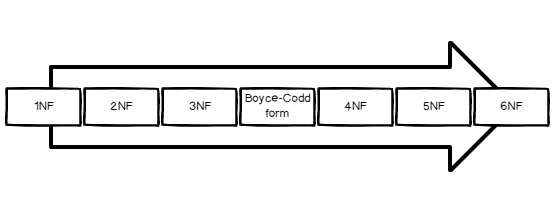


In this article, we will explore the process of SQL Delete column from an existing table. We will also understand the impact of removing a column with defined constraints and objects on it.
Read more »

SQL Server Integration Services or SSIS is used as an ETL tool to extract-transform-load data from heterogeneous data sources to different databases. After extracting data from the different sources, most often there are a lot of transformations needed. One of the frequent transformations is SSIS Conditional Split.
Read more »
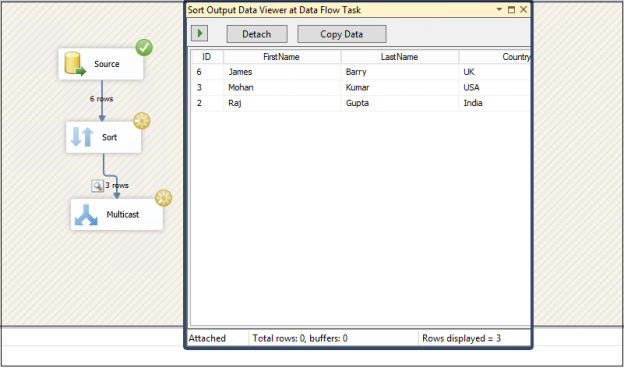
This article explains the process of performing SQL delete activity for duplicate rows from a SQL table.
Read more »
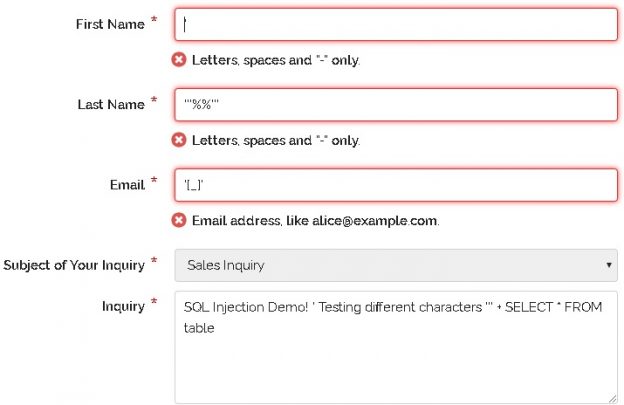
With an understanding of what SQL injection is and why it is important to an organization, we can shift into a discussion of how to prevent it. We ultimately want systems where SQL injection is impossible or very difficult to pull off. We then want systems where exploiting bugs is slow, laborious, and likely to raise monitoring alarms within an organization when attempted. The trio of layered security, prevention, and alerting can provide an immense advantage against not only SQL injection, but other data security threats.
Read more »
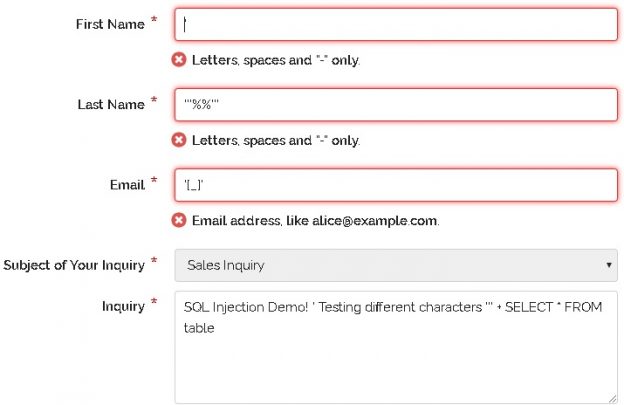
Many security vulnerabilities are discovered, patched, and go away forever. Some linger and continue to plague software development and will continue to do so for years to come. Setting aside social engineering and non-technical attacks, SQL injection remains one of the top security threats to our data, as well as one of the most misunderstood.
Read more »
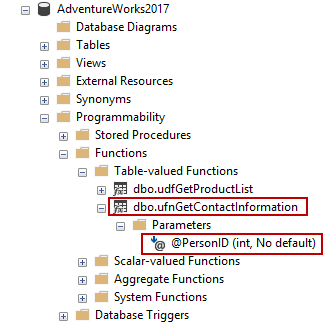
In this article series, we will find basics and common usage scenarios about the inline table-valued functions and we will also be consolidating your learnings with practical examples.
Read more »
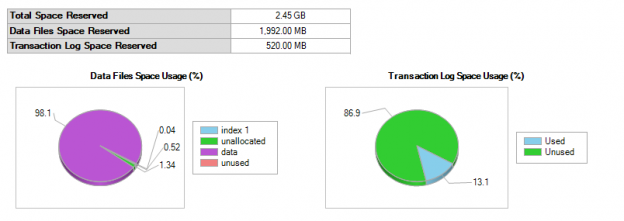
In this article, we will explore SQL Server ALTER TABLE ADD Column statements to add column(s) to an existing table. We will also understand the impact of adding a column with a default value and adding and updating the column with a value later on larger tables.
Read more »
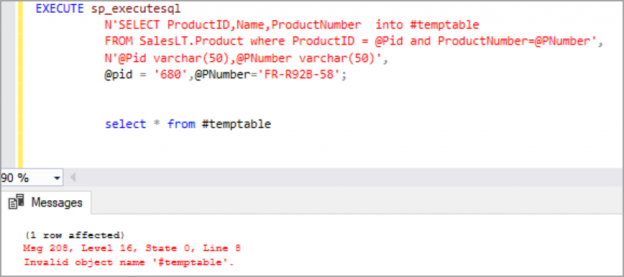
In this article, we will review how to construct and execute dynamic SQL statements in SQL Server with different examples.
Read more »
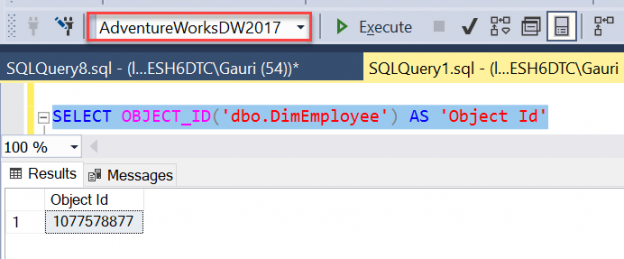
In this article, we will demonstrate T-SQL metadata functions available in the SQL Server.
Read more »
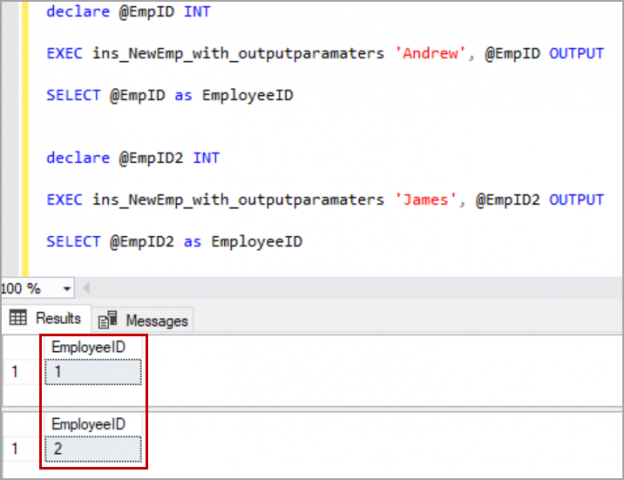
In this article, we will learn how to create stored procedures in SQL Server with different examples.
Read more »

This article gives an overview of the SQL Server DBCC FREEPROCCACHE command and its usage with different examples.
Read more »
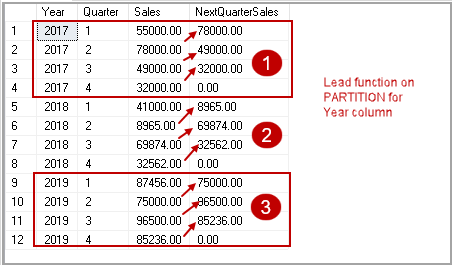
This article explores the SQL Server Lead function and its usage with various examples.
Read more »
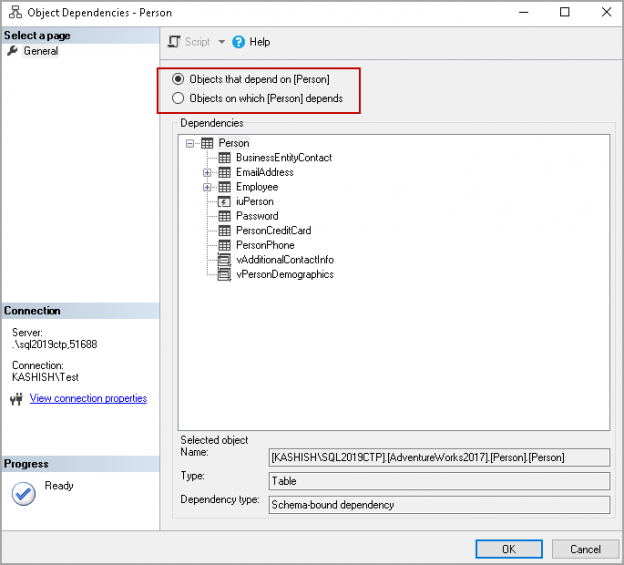
This article gives an overview of the SQL DROP TABLE statement to remove one or more tables from a database.
Read more »

We have various database objects such as view, stored procedures, triggers, functions and indexes in a relational database. Many times, we want to view definitions for these objects. We can use either SSMS graphical way or t-SQL to generate scripts.
Read more »
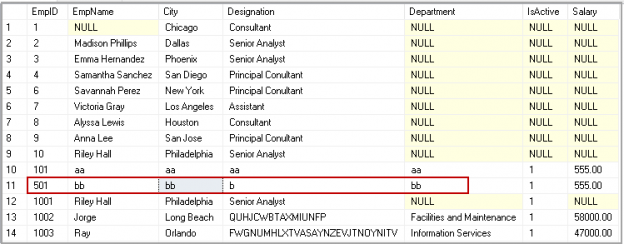
We get the requirement to remove the data from the relational SQL table. We can use both SQL Delete and SQL Truncate statement to delete the data. Understanding differences between these commands helps SQL developers to handle their data well. Additionally, this is a very common question asked in SQL beginner’s interviews.
Read more »

We perform calculations on data using various aggregated functions such as Max, Min, and AVG. We get a single output row using these functions. SQL Sever provides SQL RANK functions to specify rank for individual fields as per the categorizations. It returns an aggregated value for each participating row. SQL RANK functions also knows as Window Functions.
Read more »
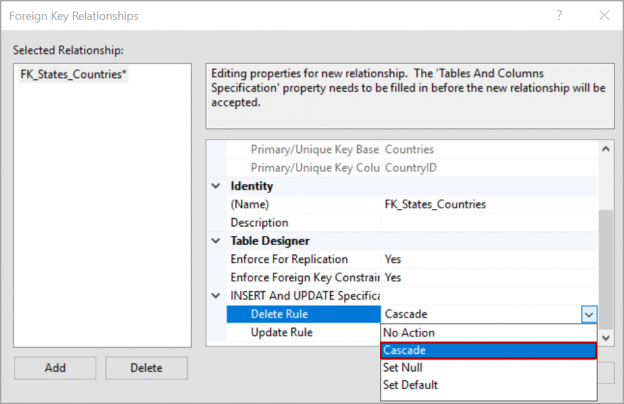
In this article, we will review on DELETE CASCADE AND UPDATE CASCADE rules in SQL Server foreign key with different examples.
Read more »
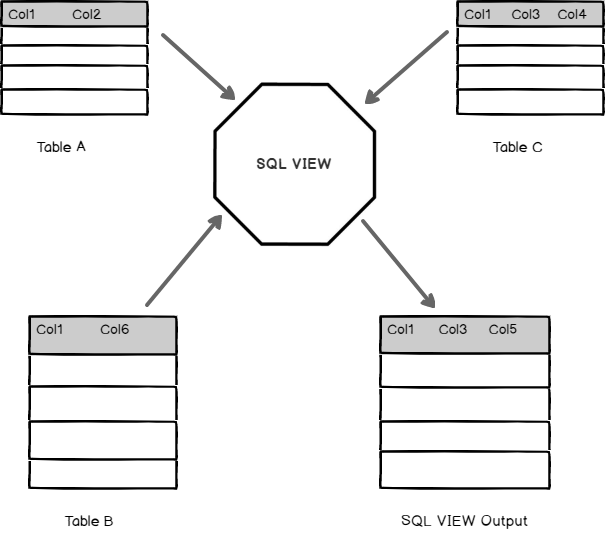
In relational databases, data is structured using various database objects like tables, stored procedure, views, clusters etc. This article aims to walk you through ‘SQL VIEW’ – one of the widely-used database objects in SQL Server.
Read more »
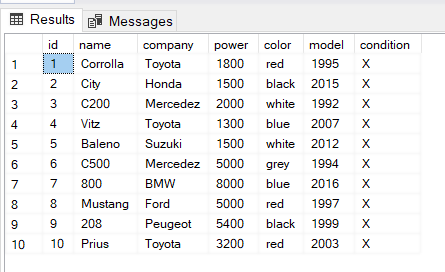
SQL Server CASE statement is equivalent to the IF-THEN statement in Excel.
Read more »
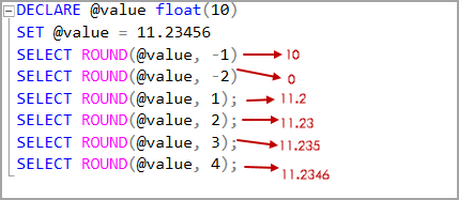
Developers deal with numerous data types on a day- to-day basis. We need to change the data type or format as per the user requirement. We use ‘SQL Server rounding function’ like SQL Round, Ceiling and Floor to round the values to the nearest numbers. We perform an arithmetic calculation on data as well. It is a challenging task to change the value of a number to an approximate number. We do not want to display decimal numbers in the application front end.
Read more »
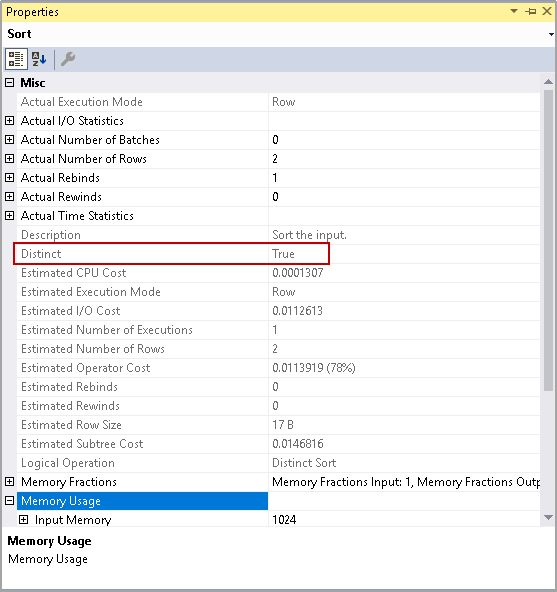
This article explores SQL Count Distinct operator for eliminating the duplicate rows in the result set.
Read more »
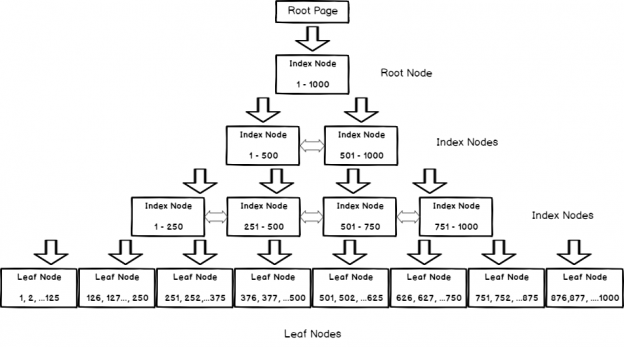
There are few topics so widely misunderstood and that generates such frequent bad advice as that of the decision of how to index a table. Specifically, the decision to use a heap over a clustered index is one where misinformation spreads quite frequently.
Read more »

Organizations are generating and analyzing unmatched volumes of data with each passing minute. In this article, we will demonstrate how we can employ SQL Inner Join to query and access data from multiple tables that store this incessantly growing data in the SQL databases.


This article is useful for a beginner in SQL Server administration and gives insights about the SQL Server Ports, the methods to identify currently configured ports.
Read more »
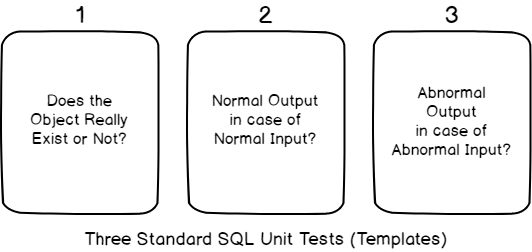
This article talks about the three standard SQL unit tests which can be written against any stored procedure ultimately becoming SQL unit testing object to meet internal or external business specification.
© 2025 Quest Software Inc. ALL RIGHTS RESERVED. | GDPR | Terms of Use | Privacy